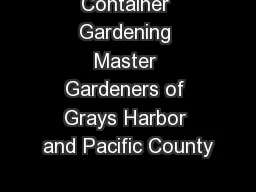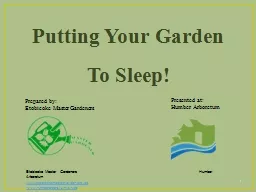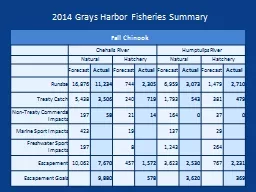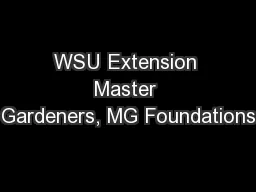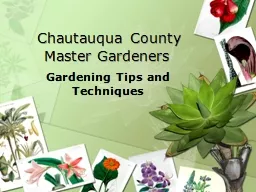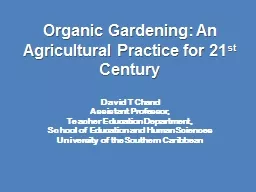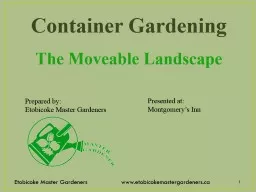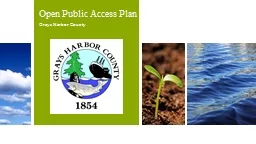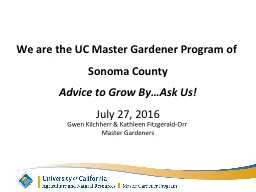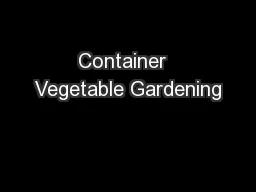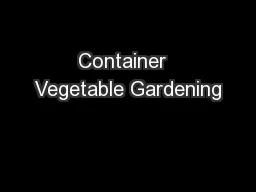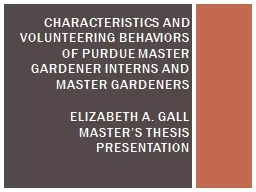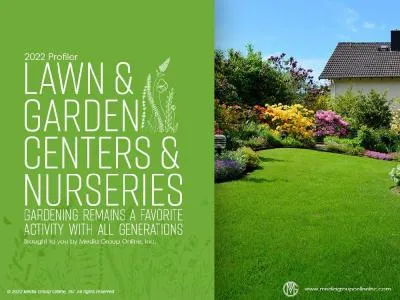PPT-Container Gardening Master Gardeners of Grays Harbor and Pacific County
Author : yoshiko-marsland | Published Date : 2018-03-13
Extension programs and employment are available to all without discrimination Evidence of noncompliance may be reported through your local Extension Office Why
Presentation Embed Code
Download Presentation
Download Presentation The PPT/PDF document "Container Gardening Master Gardeners of ..." is the property of its rightful owner. Permission is granted to download and print the materials on this website for personal, non-commercial use only, and to display it on your personal computer provided you do not modify the materials and that you retain all copyright notices contained in the materials. By downloading content from our website, you accept the terms of this agreement.
Container Gardening Master Gardeners of Grays Harbor and Pacific County: Transcript
Download Rules Of Document
"Container Gardening Master Gardeners of Grays Harbor and Pacific County"The content belongs to its owner. You may download and print it for personal use, without modification, and keep all copyright notices. By downloading, you agree to these terms.
Related Documents

